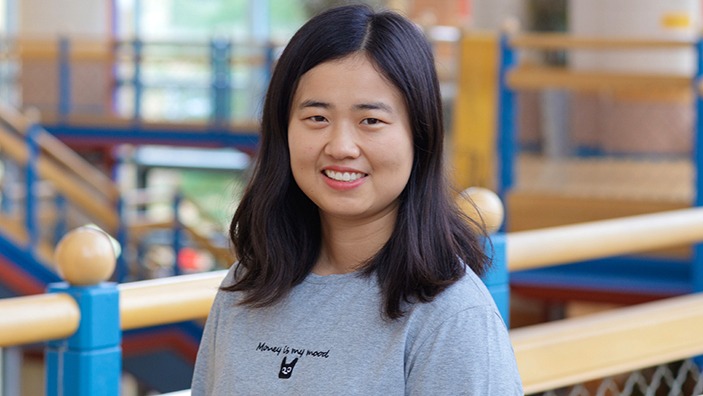By Luxi (Lucy) Wang, CERF/CCFin Research Associate, Cambridge Judge Business School, University of Cambridge

The strategic move of mergers and acquisitions (M&As) is often accompanied with resource reallocations, including both physical assets and human capital. While prior research has well documented extensive physical asset restructuring after M&As (Kaplan and Weisbach, 1992; Schoar, 2002; Maksimovic et al, 2011), little attention has been given to understanding how these transactions affect the allocation of highly skilled labour, particularly inventors within firms. In this blog post, a recent study by CERF research associate Lucy Wang, has shed light on this question by analysing the reallocation of a particular type of human capital — ie inventors — both within and beyond merging firms through M&A deals.
3 key questions addressed
This study answers 3 primary questions:
- What is the extent of inventor restructuring after M&As?
- How does the innovation productivity of inventors change after the M&As, both for those who remain with the combined entity and for those who depart?
- What are the possible economic forces driving such reallocation?
Why M&As of innovative firms result in restructurings
The study found that mergers and acquisitions (M&As) of innovative firms lead to a significant restructuring of the inventor labour force driven by abnormally high turnover for target firm inventors. Following the merger, inventors in the combined entity (primarily inventors from acquiring firms and newly hired inventors) file more citation-weighted patents. Interestingly, departing inventors also increase patenting productivity significantly.
Examining restructuring channels
The study explores 2 non-mutually exclusive plausible channels through which acquiring firms restructure their inventors: assortative matching and screening. While assortative matching channel, wherein firms retain inventors with a better employer-employee skillset match (eg Hart and Moore, 1990; Hart, 1995; Rhodes-Kropf and Robinson, 2008) plays a dominant role in post-merger talent reallocation, limited evidence supports the screening channel, where low-quality or redundant inventors are let go (Lee et al, 2018; Lagaras, 2021). The emphasis on skillset match underscores the importance of aligning inventors’ expertise with the technological areas of the combined entity.
The implications for labour market dynamics
Overall, this paper studies the restructuring of innovative labour following M&A and examines whether M&A transactions lead to a reallocation in innovative labour (ie inventors) analogous to real asset reallocation across firms. These findings imply that mergers have an economically important impact on the restructuring and productivity of the innovative labour force, both within and beyond the combined entity.
Articles references
Hart, O. (1995) Firms, contracts, and financial structure. Clarendon
Hart, O. and Moore, J. (1990) “Property rights and the nature of the firm.” Journal of Political Economy, 98: 1119-1158
Kaplan, S.N. and Weisbach, M.S. (1992) “The success of acquisitions: evidence from divestitures.” Journal of Finance, 47: 107-138
Lagaras, S. (2021) “Corporate takeovers and labor restructuring.” University of Pittsburgh Working Paper
Lee, K.H., Mauer, D.C. and Xu, E.Q. (2018) “Human capital relatedness and mergers and acquisitions.” Journal of Financial Economics, 129: 111-135
Maksimovic, V. and Phillips, G. (2001) “The market for corporate assets: who engages in mergers and asset sales and are there efficiency gains?” Journal of Finance, 56: 2019-2065
Rhodes-Kropf, M. and Robinson, D.T. (2008) “The market for mergers and the boundaries of the firm.” Journal of Finance: 63, 1169-1211
Schoar, A. (2002) “Effects of corporate diversification on productivity.” Journal of Finance, 57: 2379-2403





